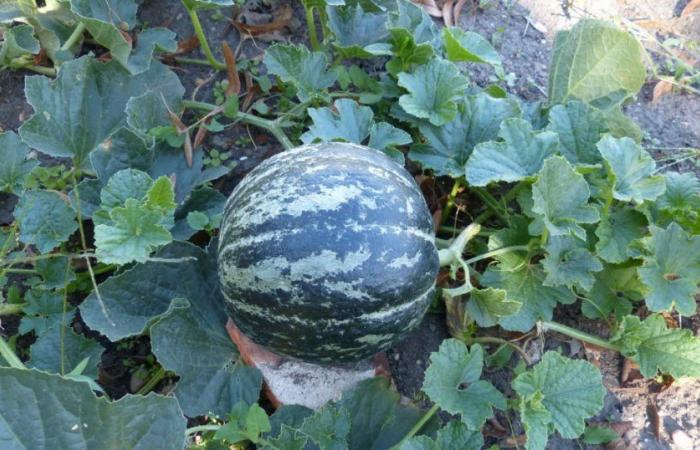
It can be huge, has a very distinctive color and is not easy to grow. This ancient variety of melon, born to satisfy the demanding taste buds of Stanislas Leszczynski, continues to fascinate.
Resulting from the cross between the black of the Carmelites and the Prescott, the Lunéville melon, because that is what we are talking about, was created in the middle of the 18th century.e century. Its birth responds to a royal whim: that of Stanislas Leszczynski, last Duke of Lorraine, who desired a fruit that was both fragrant and sweet (and it is said that he ate so much that he had indigestion)
This melon is distinguished by its unique appearance: a thin, predominantly black skin streaked with green. Under this dark bark hides an orange flesh, juicy and tender, which can be eaten with a spoon. The weight varies between 1.5 and 2.5 kilos.
It requires a constant temperature and specific conditions. It is also renowned for its resistance to cold and humidity, which makes it suitable for the cooler climates of Lorraine. Wise gardeners plant it sheltered from the wind, near a wall to benefit from the reverberated heat.
Today, production of Lunéville melon remains limited. The Lunéville horticultural society, guardian of this heritage, cultivates a few tonnes per year. The objective is not mass marketing, but the preservation of the original characteristics of this exceptional fruit.
The Lunéville melon, with its royal history and unique taste, embodies more than just a fruit: it is a piece of Lorraine history that can be tasted.





